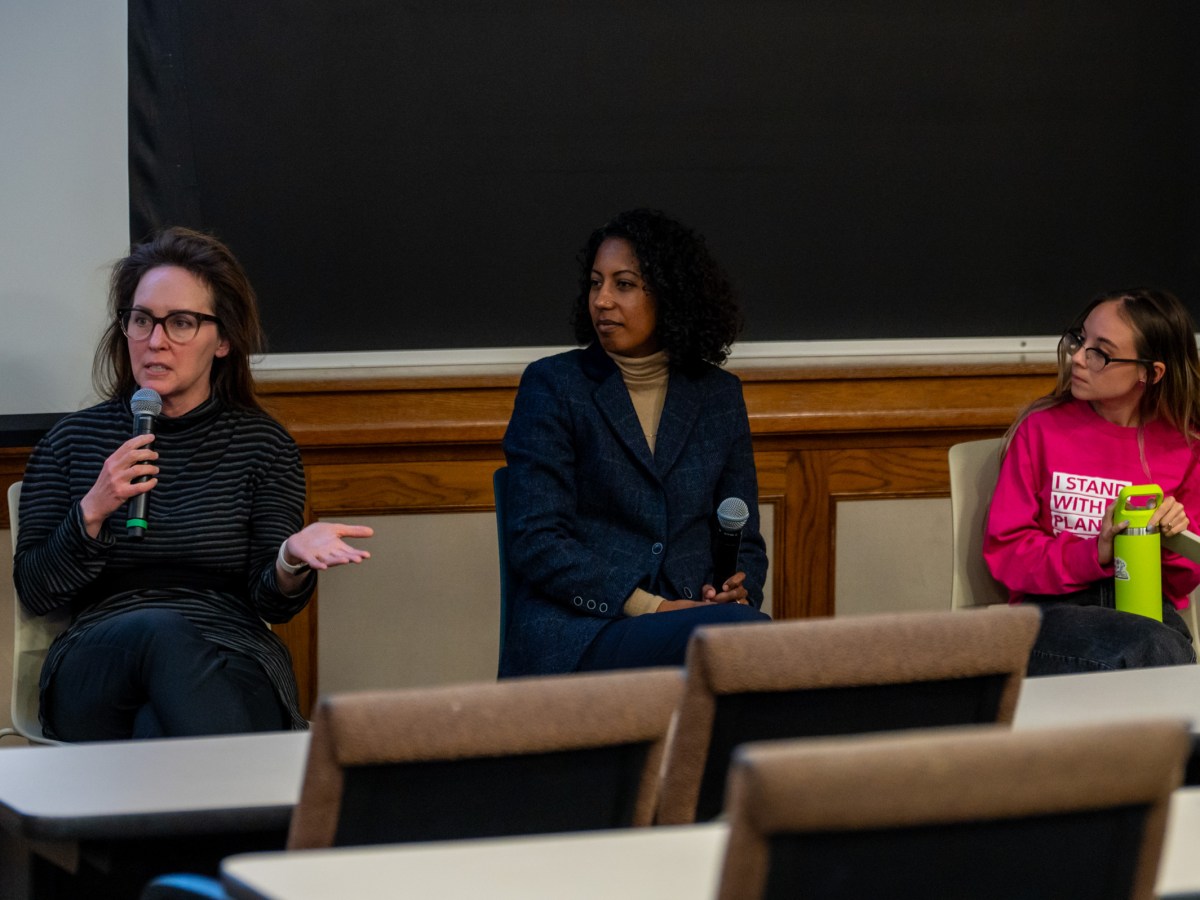## Can Robots Save the Planet? UMich’s Digital Water Lab is Betting On It
Forget your image of a leaky faucet and a plumber with a wrench. The future of water management is getting a serious tech upgrade, and it’s happening right here at the University of Michigan.
The UMich Digital Water Lab isn’t just tinkering with fancy gadgets – they’re pioneering innovative solutions to one of the world’s most pressing problems: water scarcity. From AI-powered sensors to drones mapping water systems, this lab is pushing the boundaries of what’s possible, and the results could change the way we think about water forever.

Predictive Modeling for a Changing Climate

At the heart of the Digital Water Lab’s mission is a commitment to anticipate future water challenges. Leveraging the power of artificial intelligence (AI) and machine learning, researchers are developing sophisticated predictive models capable of forecasting events like flooding and drought with increasing accuracy. These models ingest vast datasets encompassing weather patterns, water flow, soil moisture, and historical records, identifying intricate correlations and predicting potential water-related crises.
“The impact of climate change on water resources is undeniable,” says Dr. Travis Dantzer, a postdoctoral researcher at the Digital Water Lab. “Our models are designed to help decision-makers prepare for these challenges by providing early warnings and allowing for proactive interventions.”

Optimizing Dam and Reservoir Management
One of the Digital Water Lab’s most ambitious projects focuses on transforming the way we manage dams and reservoirs. By deploying a network of sensors throughout the Huron River Watershed, researchers are collecting real-time data on water levels, flow rates, and other crucial parameters. This data feeds into sophisticated algorithms that optimize dam operations, ensuring a delicate balance between meeting the needs of diverse communities and preserving the health of the river ecosystem.

Balancing Competing Needs
Traditionally, dam and reservoir management has been a localized effort, with individual operators making decisions based on their immediate needs. This often leads to unintended consequences downstream, such as sudden surges in water flow that can disrupt fish spawning grounds or exacerbate flooding in vulnerable areas.
“We’re moving towards a more integrated approach,” explains Dr. Dantzer. “By sharing real-time data and coordinating operations across the entire watershed, we can ensure that water resources are managed sustainably for the benefit of all.”

Empowering Communities
The Digital Water Lab is committed to involving communities in the decision-making process. By providing access to sensor data and analytical tools, the lab empowers residents to understand the complex dynamics of their local water systems and advocate for their needs.
“We believe that water management should be a shared responsibility,” says Dr. Dantzer. “By working together, we can find solutions that are both effective and equitable.”

Developing New Tools for a Water-Secure Future
Beyond applying existing technologies to water management challenges, the Digital Water Lab is at the forefront of developing entirely new tools and methodologies. Researchers are exploring innovative algorithms and control theories specifically tailored to the unique complexities of water systems.

Addressing the Challenges of Delay
One of the biggest hurdles in managing water resources is the inherent delay between rainfall and its impact on river levels. Traditional models often struggle to capture this non-linear relationship, leading to inaccurate predictions and ineffective responses to flooding.
“We’re developing new methods that can better account for these time delays,” says Dr. Dantzer. “This will allow us to create more robust and reliable predictive models.”
Unveiling Hidden Patterns
Researchers are also leveraging advanced machine learning techniques to uncover hidden patterns and relationships within vast datasets of water-related information. These insights can lead to a deeper understanding of complex water systems and inform the development of more effective management strategies.
“The amount of data we’re collecting is staggering,” says Dr. Dantzer. “By applying the right analytical tools, we can unlock valuable insights that can help us make better decisions about water management.”
A People-First Approach: Collaboration and Community Engagement
At the core of the Digital Water Lab’s approach is a deep commitment to community engagement and collaboration. Recognizing that water management solutions must be tailored to the specific needs of local communities, the lab actively seeks input from residents, environmental organizations, and other stakeholders.
Partnering with Local Communities
The Digital Water Lab has forged strong partnerships with local community groups, such as the Sierra Club and Friends of the Rouge, to ensure that their research and development efforts are grounded in the realities of lived experiences. By working side-by-side with residents, the lab gains valuable insights into local water challenges, priorities, and concerns.
Bridging the Gap Between Science and Society
Dr. Dantzer emphasizes the importance of bridging the gap between scientific research and public understanding. “We believe that science should be accessible to everyone,” he says. “By engaging with diverse perspectives and involving communities in the decision-making process, we can ensure that water management solutions are equitable, sustainable, and truly benefit all members of society.”
Empowering Communities Through Data
The Digital Water Lab provides communities with access to the sensor data and analytical tools they need to make informed decisions about their local water resources. By empowering residents with data-driven insights, the lab fosters a sense of ownership and stewardship over their water systems.
“We want communities to be active participants in their own water futures,” says Dr. Dantzer. “By providing them with the information and resources they need, we can help them become more resilient and adapt to the challenges of a changing climate.”
Conclusion
Conclusion: Revolutionizing Water Management with Technology
The article from The Michigan Daily highlights the innovative work of the University of Michigan’s Digital Water Lab, a pioneering research effort that’s harnessing the power of technology to transform water management. The lab’s cutting-edge approach involves developing data-driven tools and innovative solutions to address pressing water-related challenges, from reducing wastewater leaks to optimizing water treatment processes. By leveraging advances in AI, IoT, and data analytics, the Digital Water Lab is poised to revolutionize the way we manage this precious resource, ensuring a more sustainable and resilient future for generations to come.
The significance of this work extends far beyond the University of Michigan’s campus, with far-reaching implications for communities worldwide. As the global water crisis intensifies, the need for innovative solutions has never been more pressing. By embracing technology and data-driven approaches, water management can become more efficient, effective, and equitable, ultimately benefiting both people and the planet. The Digital Water Lab’s work serves as a beacon of hope, demonstrating that even the most intractable challenges can be tackled with creativity, collaboration, and a commitment to smart, sustainable solutions.
As we look to the future, it’s clear that the Digital Water Lab’s pioneering work will have a lasting impact on the way we manage water. By scaling up its innovations and collaborating with policymakers, industry leaders, and local communities, the lab can help create a more water-resilient world. As we embark on this crucial journey, we’re reminded that the true value of technology lies not in its technological prowess, but in its ability to make a meaningful difference in people’s lives. The Digital Water Lab’s story is one that inspires us to imagine a future where water scarcity is a relic of the past, and where technology serves as a force for good, shaping a brighter, more sustainable tomorrow.


Add Comment